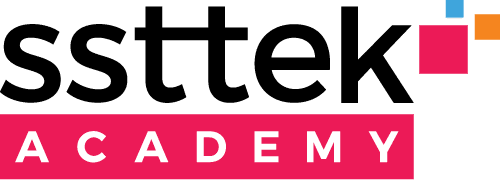Gap analysis is a method for determining the gap between the current and desired states of a business process or system, aiming to identify the steps necessary to achieve improvement. By providing a clearer understanding of the current state and a compelling vision of the future state, organizations can create a roadmap for targeted enhancements. Widely used across sectors such as healthcare, finance, and manufacturing, gap analysis serves as a structured tool for organizational improvement.
How to Conduct a Gap Analysis
The process involves several key steps:
1. Define the Current State: Gather data and information about how things are currently done through techniques like process mapping, interviews, and surveys.
2. Define the Desired Future State: Identify goals, objectives, requirements, and best practices to envision the ideal process or system.
3. Identify the Gap: Compare the current and future states, highlighting differences and pinpointing areas for improvement.
4. Develop a Plan: Create a specific, measurable, achievable, relevant, and time-bound (SMART) plan outlining the necessary changes to bridge the gap.
5. Implement and Monitor: Execute the plan and evaluate progress to ensure that targeted improvements are achieved.
Tools for Gap Analysis
SWOT Analysis:
Evaluates an organization’s Strengths, Weaknesses, Opportunities, and Threats, providing a comprehensive view of internal capabilities and external risks. This analysis helps organizations leverage strengths and opportunities while addressing weaknesses and mitigating threats.
Fishbone (Ishikawa) Diagram:
A visual tool that helps identify and organize potential causes of a problem into categories like processes or materials. This method is effective for pinpointing root causes, enabling teams to focus on the most significant issues.
McKinsey 7S Framework:
Analyzes seven key organizational elements: Strategy, Structure, Systems, Shared Values, Style, Staff, and Skills. It helps organizations identify misalignments and make necessary adjustments to improve overall performance.
Nadler-Tushman Congruence Model:
Focuses on the alignment between tasks, individuals, formal structures, and informal culture within an organization. It helps identify gaps where misalignment may impact performance and suggests areas for improvement.
Burke-Litwin Change Model:
Evaluates organizational performance and change by analyzing twelve elements, including leadership, management practices, and external factors. This model helps identify gaps and provides a framework for driving successful organizational change.
